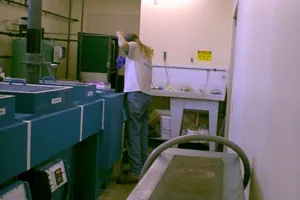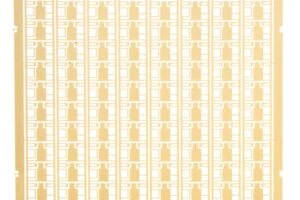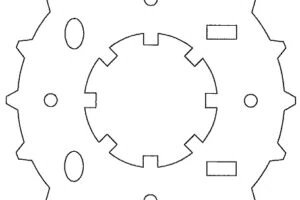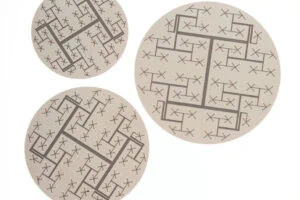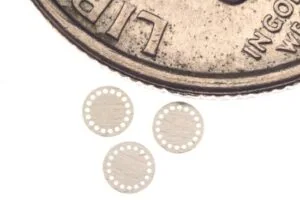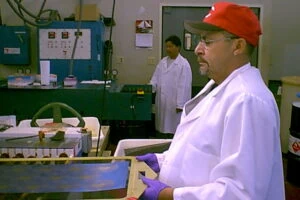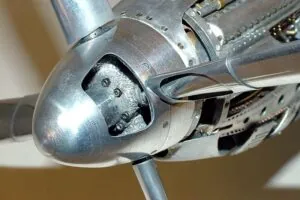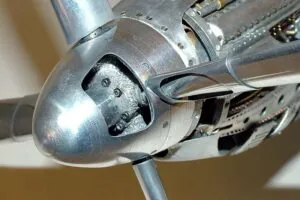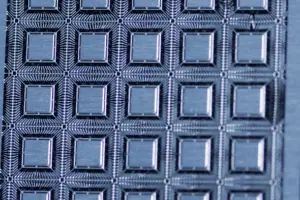-
DIY Photo Etching? 8 Reasons to Just Say NO
It just happened again. Another inquiry about “buying a photo etching machine”. There seems to be a perception that an…
-
Eight Reasons Why You Don’t Want DIY Photo Etching
We get regular inquiries asking about buying etching equipment. There seems to be a perception that an etching machine is…
-
Why Choose Photo Etching for Producing Metal Parts
The biggest problem with photo chemical etching is that it is unfamiliar to many designers and engineers. The second problem…
-
What Engineers Need to Know about Photo Etching
The hardest job we face is educating designers and engineers about the capabilities of the photo chemical etching process. Conceptually, it’s…
-
Why use Photo Etching for Sensor Elements?
Sensors are the physical links between the “real” world and the digital world. Sensors can detect strain, load, acceleration, inclination,…
-
How Small can Photo Etched Parts be Made?
One of the unique advantages of photo etching is the ability to produce some very small features. We’ve talked about small…
-
How to Choose a Photo Chemical Machining Supplier
Unlike machine shops or sheet metal fabricators, of which there are thousands around the country, there are fewer than 100…
-
What is the difference between Photo Etching and Chemical Milling
Photo etching, which is also known as chemical etching, photo chemical etching and photochemical machining (PCM), is a process for…
-
What is the difference between chemical milling and chemical etching?
Photo Chemical Etching is a fabricating process for precision metal components. As an alternative to “conventional” methods, such as stamping,…
-
Understanding the “Etch Factor” in Photo Chemical Machining
Etch Factor is Comparable to Tooling Offset Like other metal fabricating technologies, photo chemical etching requires adjustments of the nominal…


